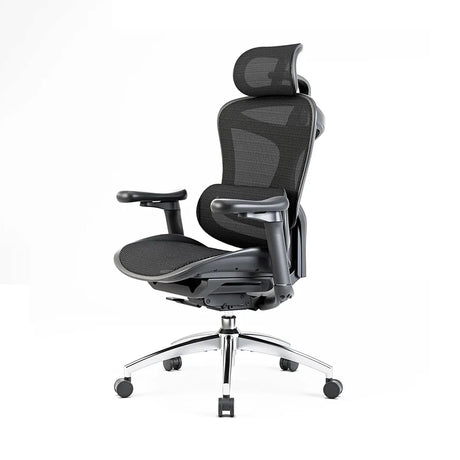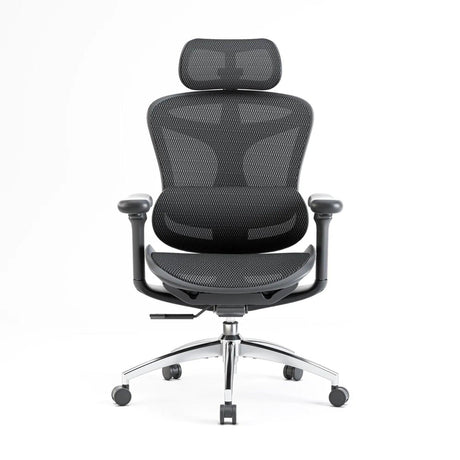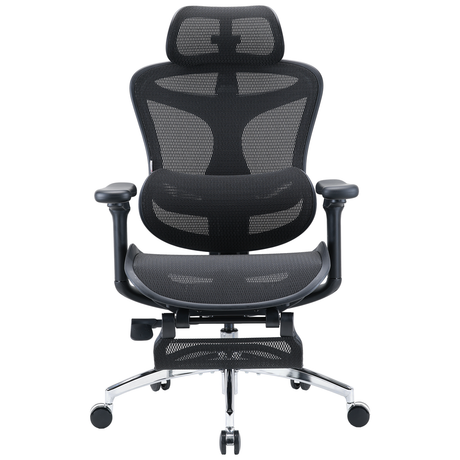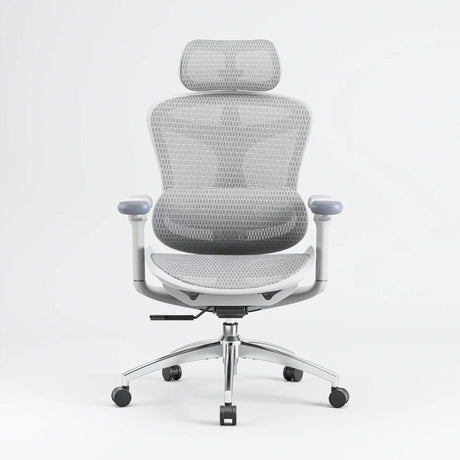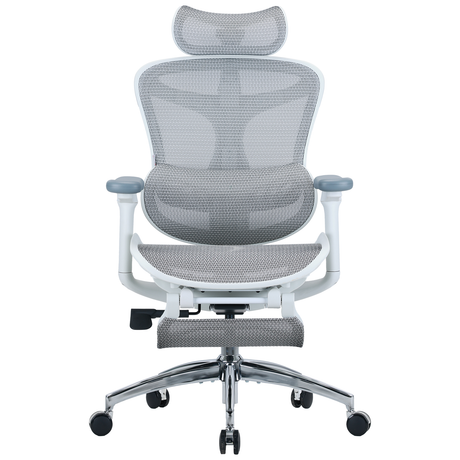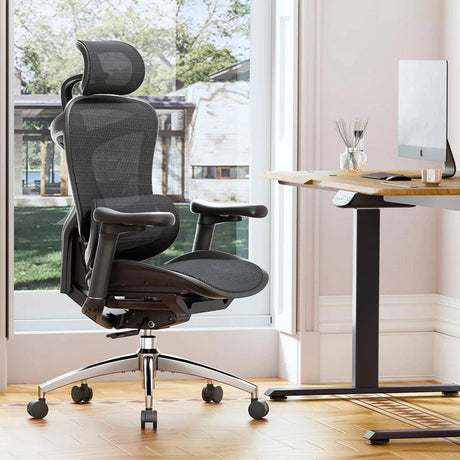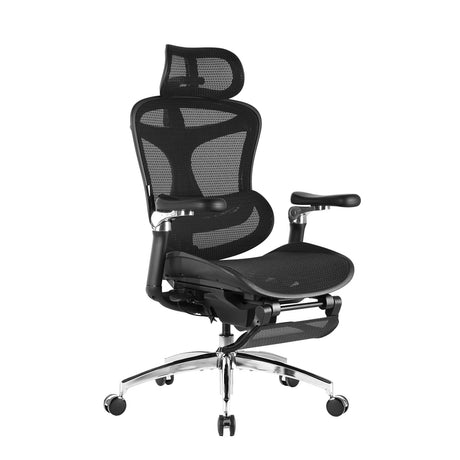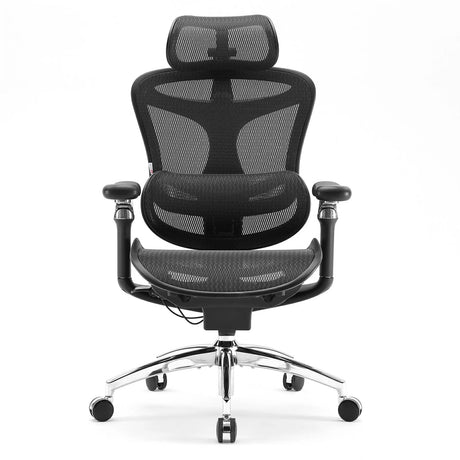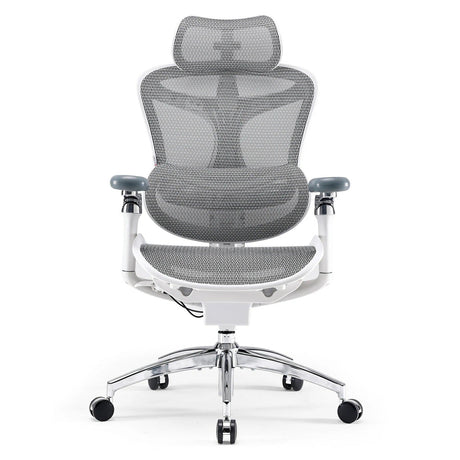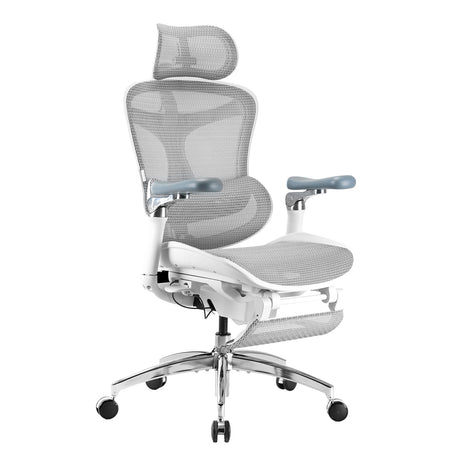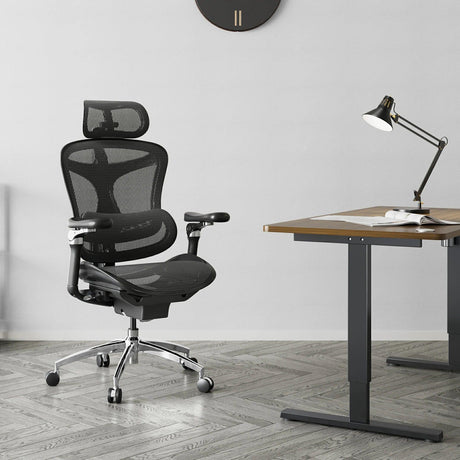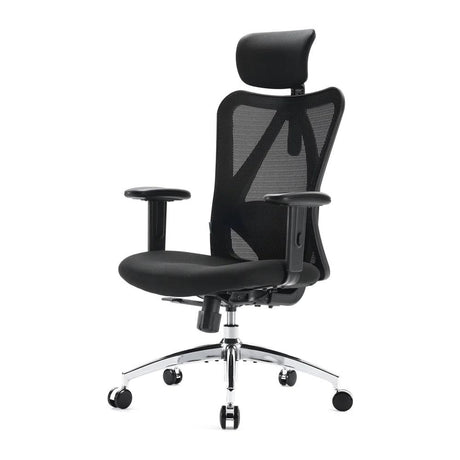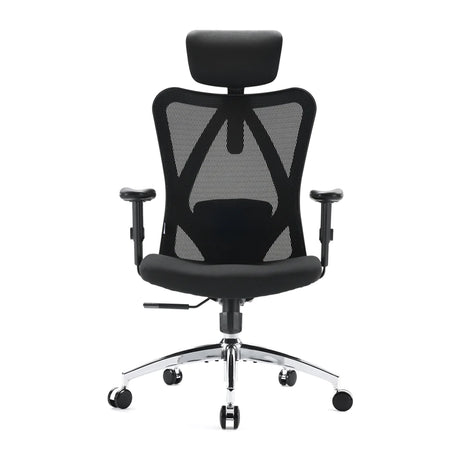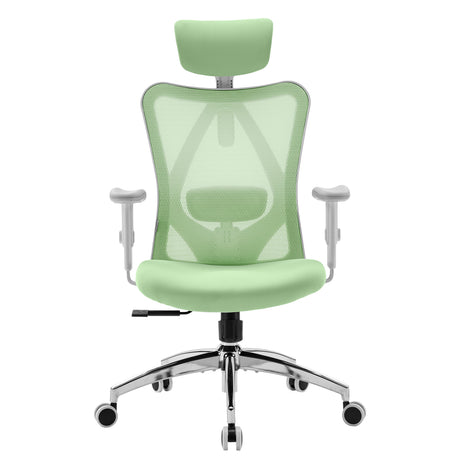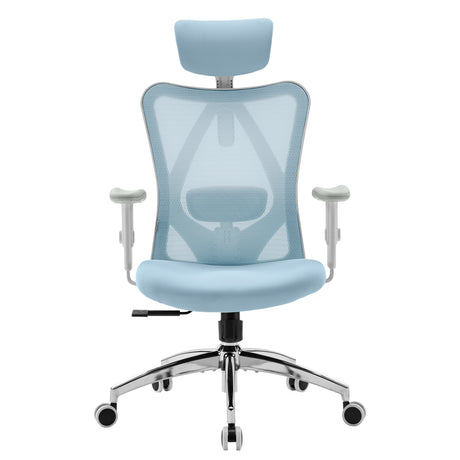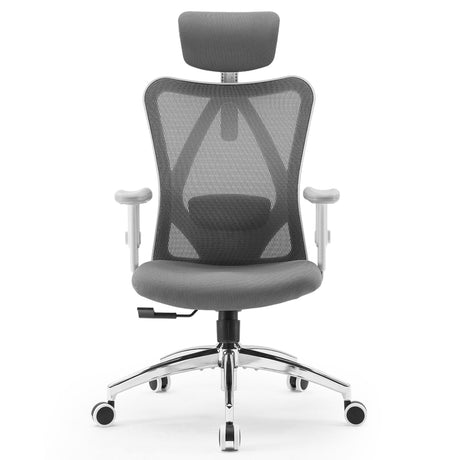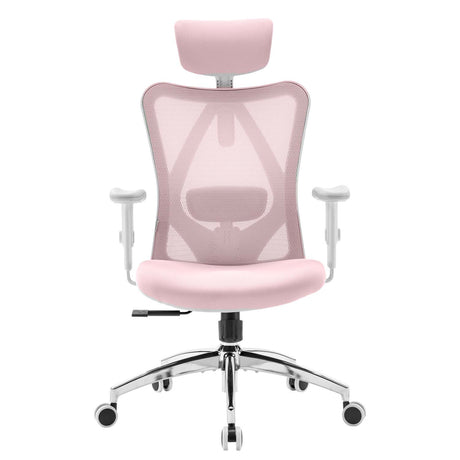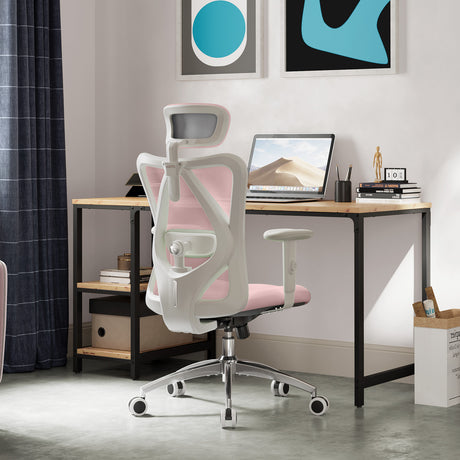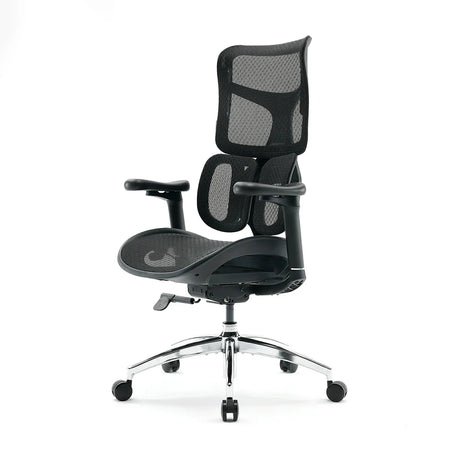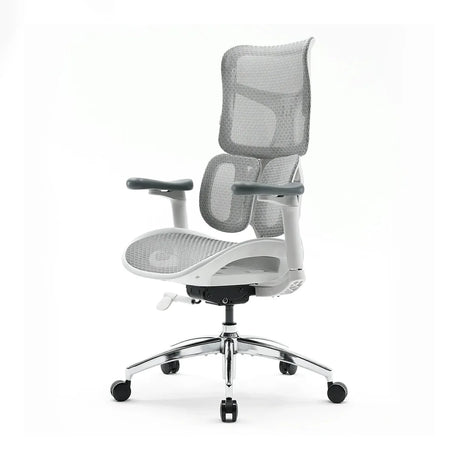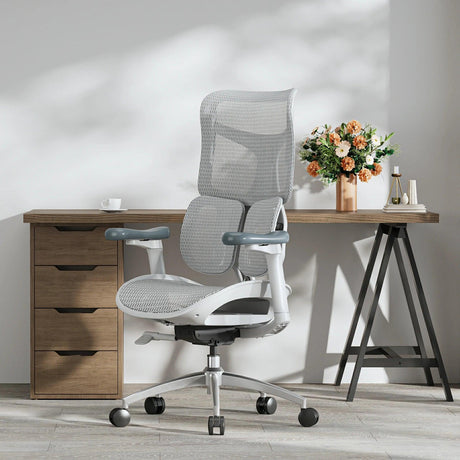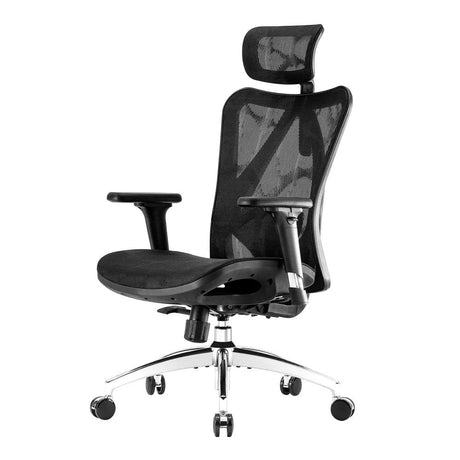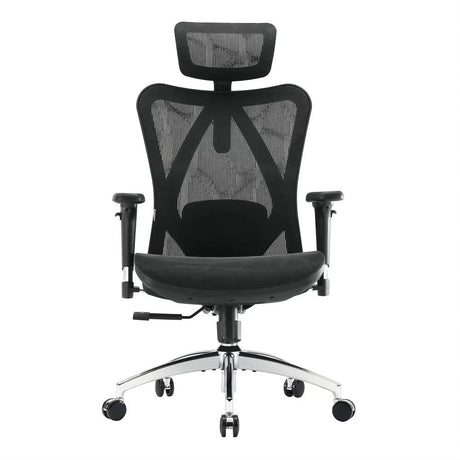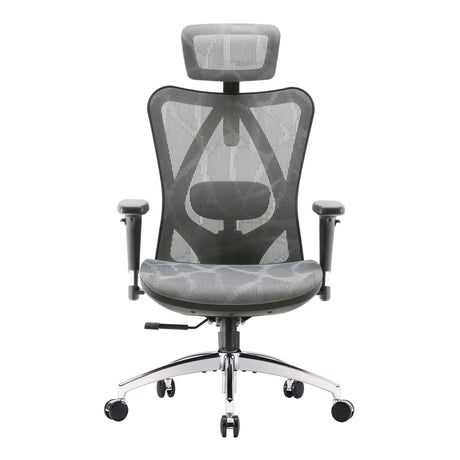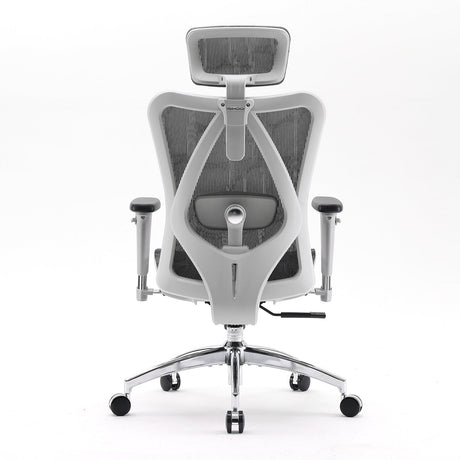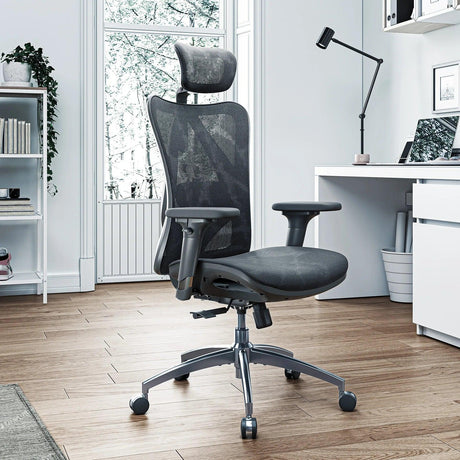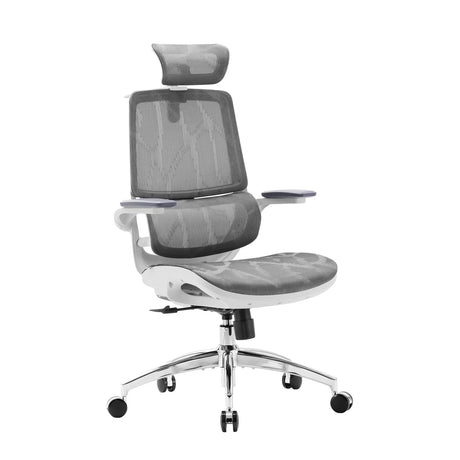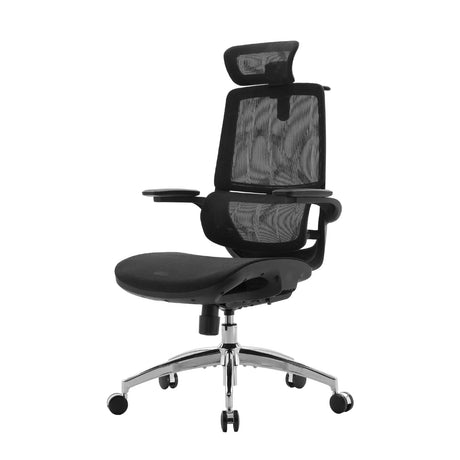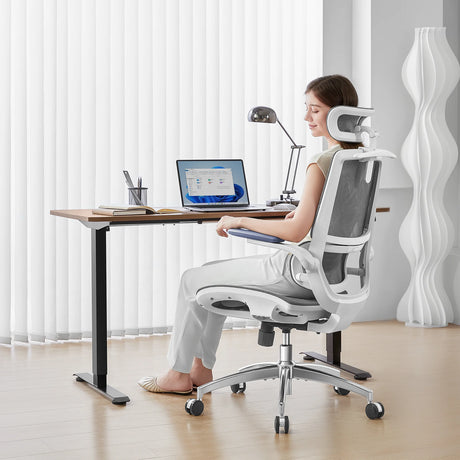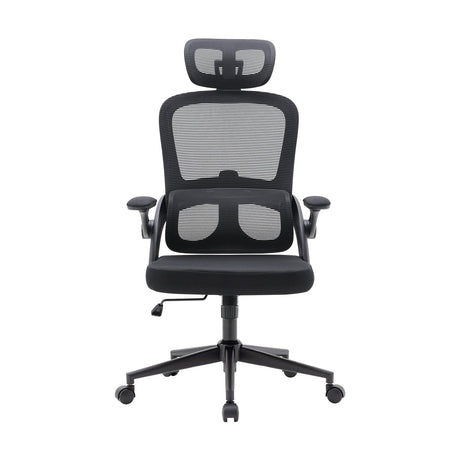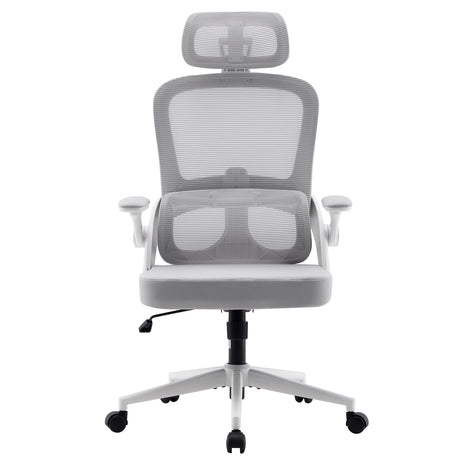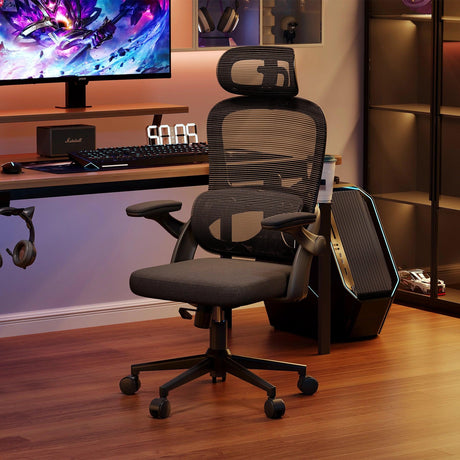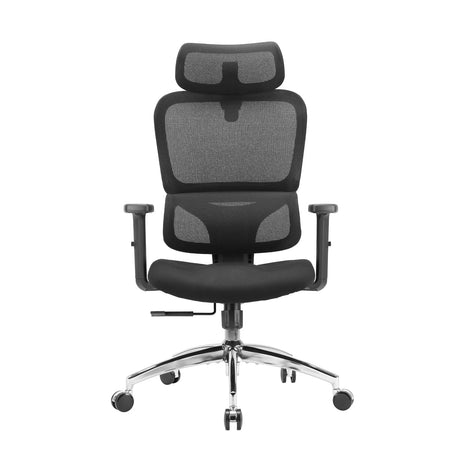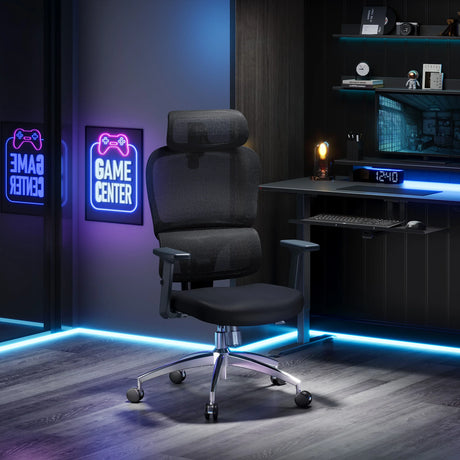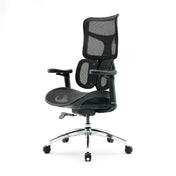A good home office chair can enhance productivity, reduce discomfort, and ensure your physical well-being as you spend long hours sitting at your desk. With so many options available, choosing the right chair for your home office might seem overwhelming. However, by focusing on key factors like comfort, ergonomics, adjustability, and design, you can find a chair that suits your needs perfectly.
Consider Your Ergonomic Needs
When choosing a home office chair, ergonomic features should be your top priority. Ergonomics refers to how well the chair supports your body’s natural posture and minimizes strain on your muscles and joints.
Look for chairs with the following features:
- Lumbar Support: Adequate lumbar support is crucial for supporting the lower back and maintaining the natural curve of your spine. An adjustable lumbar support system allows you to customize the fit to your body.
- Adjustable Seat Height: Your chair’s seat height should be adjustable to allow your feet to rest flat on the floor while keeping your knees at a 90-degree angle. This is essential for maintaining proper posture and avoiding leg strain.
- Seat Depth Adjustment: Ideally, your chair should have a seat depth adjustment, which allows you to move the seat forward or backward. This ensures that the seat fits comfortably under your thighs and provides enough support to prevent pressure on your knees.
- Backrest Recline: A reclinable backrest helps reduce pressure on your spine and allows you to shift your posture throughout the day. Some chairs offer a locking mechanism for fixed angles, while others allow for more dynamic movement.
Material Matters
The material of your chair impacts both comfort and durability. Look for materials that are breathable, durable, and easy to maintain.
- Mesh Chairs: Mesh is a popular choice for office chairs because it’s breathable and promotes airflow, reducing sweat and discomfort during long working hours. It also provides flexibility and support for your back.
- Upholstered Chairs: Leather or fabric-upholstered chairs provide a more luxurious and classic look. While leather is durable and easy to clean, fabric options can offer a greater range of textures and colors.
- Cushioning: The type of cushioning affects how comfortable the chair is. Look for high-density foam or memory foam padding to provide adequate support without sacrificing comfort.
Adjustability Features
The best home office chair should be highly adjustable to suit your unique body shape and preferences. These adjustable features will help you find the perfect fit and maintain good posture:
- Armrest Adjustability: Look for chairs with armrests that can be adjusted in height, width, and angle. This allows you to find a position that supports your arms and shoulders, preventing neck and shoulder pain.
- Headrest: If you experience neck tension, a headrest can provide much-needed support for your upper back and neck, especially when reclining.
- Tilt Tension: This feature adjusts how easily the chair reclines. You can customize the amount of resistance when leaning back, allowing you to relax comfortably or stay alert while working.
Size and Fit
Before making a purchase, take note of the size of your desk and workspace. Ensure the chair you choose fits comfortably under your desk and provides enough space for movement.
- Seat Width and Depth: The seat should be wide and deep enough to accommodate your body size comfortably. A chair that’s too small can cause discomfort, while one that’s too large can make it harder to maintain a proper posture.
- Backrest Height: The backrest should be tall enough to support your upper and lower back. If you’re tall, look for a chair with a higher backrest that can support your shoulders and neck as well.
Mobility and Stability
The mobility of your chair is another important factor. If you need to move around your workspace, look for chairs with smooth-rolling casters. Consider the type of flooring you have:
- For Carpet: Choose a chair with larger, softer wheels that glide easily over carpeted floors.
- For Hardwood or Tile: Smaller, harder wheels are ideal for smooth surfaces, but if you want to protect your flooring, consider a chair mat.
Additionally, check for a stable base. A chair with a sturdy, five-point base will ensure stability and prevent tipping, especially when reclining.
Aesthetics and Design
While comfort and function are paramount, the appearance of your chair can also play a role in your home office setup. Your chair should complement your office’s decor, especially if you’ll be spending significant time in front of clients or colleagues.
Consider the following design elements:
- Style: Choose a chair that reflects the aesthetic of your office—whether it’s modern, minimalist, or classic.
- Color: Opt for neutral colors like black, grey, or brown for a professional look, or go bold with a pop of color if you want to add personality to your space.
- Design: Look for sleek, clean lines that match the overall design of your desk and other office furniture.
Budget Considerations
Ergonomic office chairs can range from budget-friendly to high-end options. While it’s tempting to go for a cheaper model, investing in a high-quality ergonomic chair can help prevent long-term discomfort and health issues.
When shopping on a budget, prioritize essential ergonomic features like lumbar support, seat height adjustment, and a sturdy base. Consider looking for sales or promotions to find a good deal on a chair that meets your needs.
Test It Out
If possible, try sitting in the chair before purchasing it. Spend at least 15-30 minutes sitting in different positions to assess comfort and support. If buying online, look for stores with a generous return policy, so you can test the chair in your home office and return it if it’s not a good fit.
Conclusion
Picking the best home office chair involves finding the right balance between comfort, support, adjustability, and style. By considering your ergonomic needs, material preferences, and the chair’s adjustability features, you can ensure that you choose a chair that not only enhances your productivity but also supports your long-term health and well-being. Don’t forget to factor in your workspace size and budget, and always try the chair before making a final decision.
With the right home office chair, you’ll be well on your way to creating a comfortable and productive environment that helps you succeed in your remote work endeavors.

